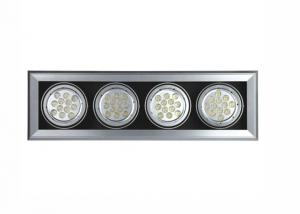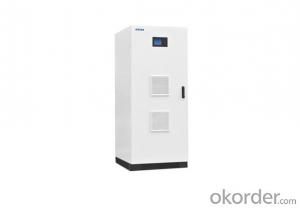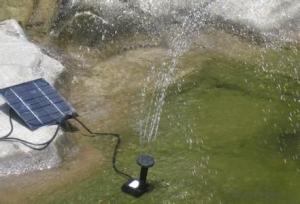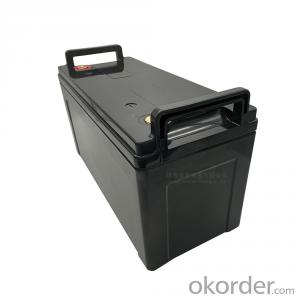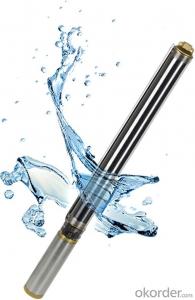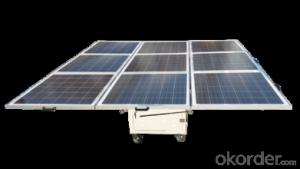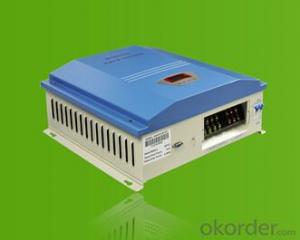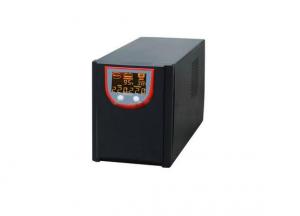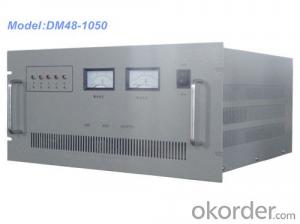48v Hybrid Solar Inverter
48v Hybrid Solar Inverter Related Searches
Hybrid Solar Inverter 48v Solar Hybrid Inverter 48v 48v Solar Inverter 48 Volt Solar Inverter 48v Solar Inverter Charger Solar Inverter Charger 48v 24v Hybrid Solar Inverter Hybrid Solar Inverter 24v 12v Hybrid Solar Inverter 48v Solar Inverter Price 480v Solar Inverter Hybrid Solar Inverter Hybrid Solar Power Inverter 48 Volt Solar Inverter Price 24 Volt Hybrid Solar Inverter Solar Hybrid Inverter Inverter Solar Hybrid Solar Inverter 48v 4000w 50 Kw Hybrid Solar Inverter Solar Inverter Hybrid Mppt Solar Inverter 48v Smart Hybrid Solar Inverter Inverter Hybrid Solar Hybrid Inverter Solar Mpp Solar 48v Inverter Mpp Solar Inverter 48v Buy Hybrid Solar Inverter 5kw 48v Solar Inverter Off Grid Solar Inverter 48v Hybrid Solar Charger Inverter48v Hybrid Solar Inverter Supplier & Manufacturer from China
The 48v Hybrid Solar Inverter is a cutting-edge product designed to optimize energy efficiency by combining solar power with battery storage. This innovative device is engineered to harness the power of the sun and store it in a battery system, ensuring a reliable and continuous supply of electricity. The 48v Hybrid Solar Inverter is particularly useful in various settings, such as residential homes, commercial buildings, and off-grid applications, where a stable power source is essential. It enables users to reduce their reliance on traditional energy sources and take advantage of renewable energy, thereby contributing to a more sustainable environment.The 48v Hybrid Solar Inverter is widely used in scenarios where both solar energy and battery backup are required. It is an ideal solution for areas with fluctuating power supply or those looking to transition to a more eco-friendly energy system. This product allows users to store excess solar energy during the day and use it during periods of low sunlight or at night, ensuring a consistent power supply. The 48v Hybrid Solar Inverter is also beneficial for remote locations where grid electricity is not readily available, providing a reliable and independent power source.
Okorder.com is a leading wholesale supplier of the 48v Hybrid Solar Inverter, offering a vast inventory of this product to cater to the needs of various customers. As a reputable supplier, Okorder.com is committed to providing high-quality products at competitive prices, ensuring that customers receive the best value for their investment. With a large inventory of 48v Hybrid Solar Inverters, Okorder.com is well-equipped to meet the growing demand for this innovative energy solution, making it accessible to a wide range of users seeking to embrace renewable energy and enhance their power supply reliability.
Hot Products




